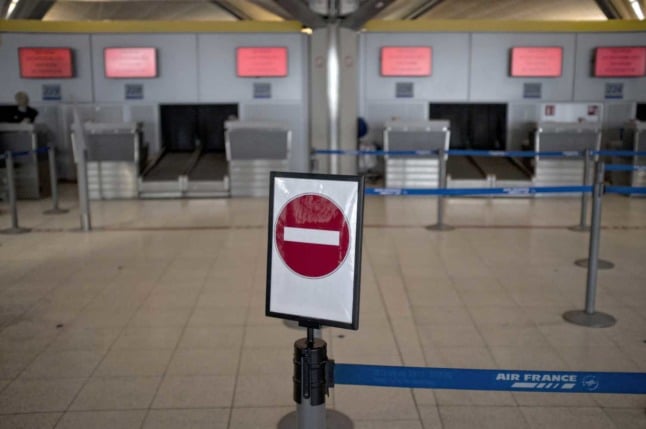The Swiss government’s relaxation of travel-related Covid measures has continued, with the Federal Office of Public Health saying on Tuesday it will remove all remaining countries from the “virus variant of concern list”.
This change will come into effect on August 4th.
READ MORE: How does a country ever get off Switzerland’s ‘variant’ list?
As at August 3rd, India, Nepal and the United Kingdom are on the list.
#CoronaInfoCH Quarantänepflicht: Die Liste der Länder mit besorgniserregender Virusvariante wurde aktualisiert. Diese Liste tritt am 4. August 2021 in Kraft.https://t.co/OMugFpPB0T pic.twitter.com/ZNQ8rCv2x3
— BAG – OFSP – UFSP (@BAG_OFSP_UFSP) August 3, 2021
What does the removal of these countries from the list mean?
Put simply, it makes it easier for people from these countries to come to Switzerland.
This applies both to Swiss citizens and residents who may have travelled to these countries, as well as people from these countries who are visiting Switzerland for various reasons.
Prior to the change, people arriving from these areas who have been vaccinated within the past 12 months or recovered from Covid within the past six months — and can prove it — can enter Switzerland without any obligation to test or quarantine.
All others arriving from these areas had to show a negative PCR or rapid antigen test result and then go into quarantine.
From August 4th, the same rules will apply to people from these countries as elsewhere.
READ MORE: Who can enter Switzerland right now?
Those who are vaccinated or recovered from the virus (and can prove it) can now enter without tests or quarantine.
If you have not been vaccinated or recovered from the virus, you will need to present a negative PCR test (not older than 72 hours) or a negative rapid antigen test (not older than 48 hours) before boarding your flight to Switzerland.
More information is available at the following official government page.
Anyone wanting to enter Switzerland can use this official Swiss government tool to work out if they can – and what rules they must comply with.
‘Travelcheck’: This tool shows you what you need to enter Switzerland



 Please whitelist us to continue reading.
Please whitelist us to continue reading.
Member comments